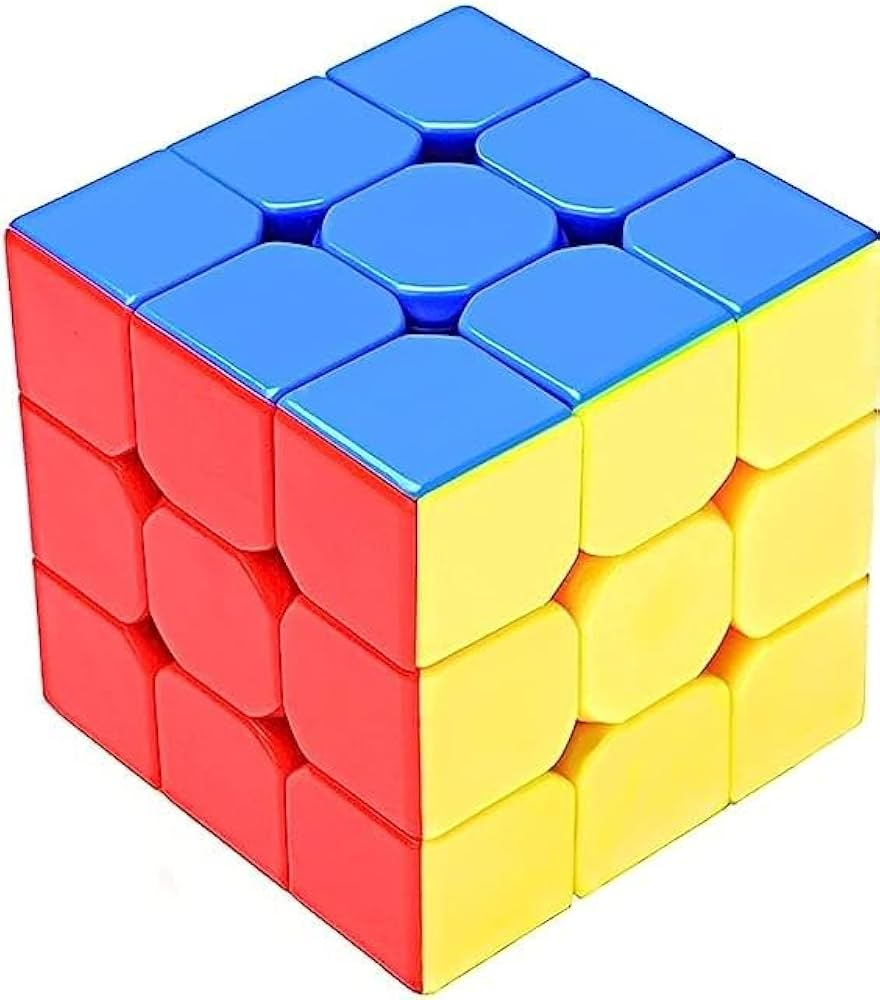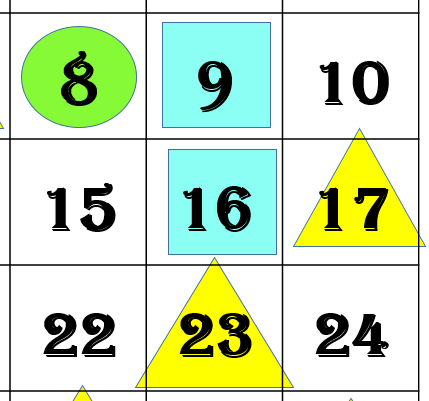Activity W1.2 Dice Math Challenge
Material Required:
Instructions for the Teacher:
- Divide the class into two teams. You can choose creative team names (e.g., “The Math Wizards” and “The Number Ninjas”).
- Draw a line to split the blackboard into two sections and write the team names on each side.
- Each student will take turns throwing the dice for their team.
Steps to Play:
-
A student from Team A throws the dice and announces the number that appears on the top.
The team will multiply the number by itself 3 times (i.e., calculate ) and the result will be written under Team A's column on the board.
-
A student from Team B takes their turn, following the same steps.
-
After each throw, both teams add their new result to their team’s total score on the board.
-
Continue until each team has had the set number of turns (e.g., 10 or 12 turns).
-
The team whose total score is closest to the target number (500 or 1000, as decided) at the end wins!
| SL NO | TEAM A | CUBE | TEAM B | CUBE |
| 1 | 5 | 125 | 2 | 8 |
| 2 | 1 | 1 | 6 | 216 |
| 3 | 6 | 216 | 4 | 64 |
| 4 | 4 | 64 | 3 | 27 |
| 5 | 2 | 8 | 1 | 1 |
| 6 | 5 | 125 | 2 | 8 |
| 7 | 6 | 216 | 5 | 125 |
| 8 | 3 | 27 | 3 | 27 |
| 9 | 3 | 27 | 5 | 125 |
| 10 | 4 | 64 | 5 | 125 |
| 11 | 1 | 1 | 6 | 216 |
| 12 | 2 | 8 | 1 | 1 |
| 13 | 4 | 64 | 2 | 8 |
| 14 | 3 | 27 | 1 | 1 |
| 15 | 4 | 64 | 3 | 27 |
| TOTAL | 1037 | TOTAL | 979 |
TEAM A IS THE WINNER
Based on the above activity,
Some reflective questions may be
discussed, such as:
Number Observation:
Look at the scores written on the board. Try to find numbers other than
seen on the board that are square/cube
numbers.
👉 Question: Can you name a square or cube number that wasn’t written on the board during the game?
ANSWER:
Square numbers (Example: )
Cube numbers (Example: )
2. Cube Building Challenge:
Students may be given some number of
unit cubes say, 8, 10, 25, 27, 30, 50, 64.

They
may be asked to make a bigger cube out of these given number of cubes.
They may be asked, for which
number of cubes they could make a bigger cube and which
they could not. Ask them to explain.
You are given unit cubes: 8, 10, 25, 27, 30, 50, 64.
A perfect cube means the total number of cubes can be arranged into a shape where length = width = height (all sides equal). The total must be — a cube number.
Let’s check each one:
ANSWER:
You can make a perfect cube with: 8, 27, and 64. these numbers can form a larger cube.
ANSWER:
You cannot make a perfect cube with: 10, 25, 30, 50 — these numbers cannot form a larger cube because these numbers are not cube numbers.
3. Rubik’s Cube Mystery:
Look at a Rubik’s Cube. Guess:
👉 How many small unit cubes make up a complete Rubik’s Cube?
💡 Hint: A Rubik's Cube is usually a cube with equal sides — try imagining how many little cubes fit along each edge and then multiply!
A rubik cube may be shown to students to guess how many
small unit cubes have been used to make it.
ANSWER:
A standard Rubik’s Cube is a 3×3×3 cube.
3×3×3=27 So,
27 small unit cubes are used to make one complete Rubik's Cube!
??? Extra Challenge:
If you could design your own cube puzzle, how many small cubes would you choose, and why?
Inclusion of Special Children:
Pair special children with supportive peer buddies for guidance.
Encourage them to take active roles: throwing the dice, multiplying the numbers, or writing the scores on the board.
This teamwork helps build confidence and fosters participation.











